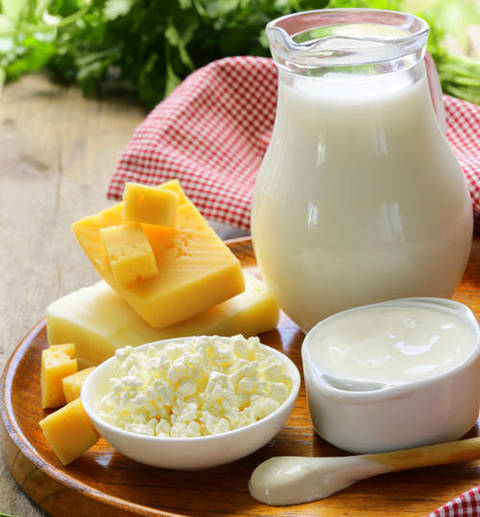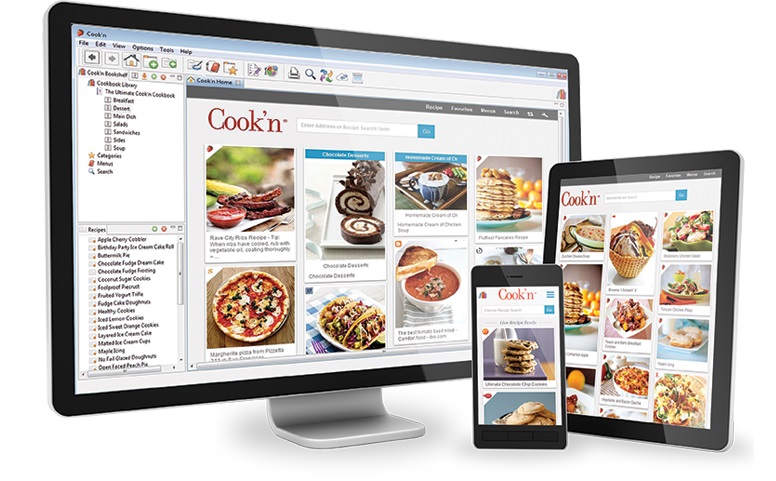ABSORBABLE Calcium Makes the Difference and Tastes SO Good!
Calcium—so misunderstood. Most folks assume they need it only for their bones when in fact it does all kinds of other useful, and crucial things.

Athletes, for example, need calcium for proper muscle contraction. Healthy nerve function also depends on calcium (if you like feelings things when you touch them, thank calcium for this). Calcium also helps regulate blood pressure and wound healing. Then there’s body pH; enough calcium is what keeps it in pH balance (the state that supports immunity and wards off disease).
How much calcium is actually needed to get all the advantages? The RDA is 1,000mg for men and 1,200mg for women. The number the RDA is based on, the one that really matters, though, is how much calcium you absorb, not how much you eat. The average adult need to absorb 300-400mg every day.

So if your calcium is 100% absorbed, you’ll only need 300-400mg. But this never happens, because in reality no source of calcium is 100% absorbed. Take milk and dairy products for instance: You only absorb 32% of its calcium, so you’d need to eat close to the RDA. But if you prefer getting your calcium from vegetables, their calcium is better absorbed and you need to eat less. And this difference is important to know and remember. Dairy carries many more calories than do vegetables, so if you’re concerned about weight, but still determined to get enough calcium, then vegetables would take priority in your diet.
Thus, when trying to find good food sources of calcium, ask two questions:
How much calcium is in this food? (Most folks stop here, assuming they have all the information they need.)
How much of that calcium is actually absorbable? (This is the neglected, but most important question.)

BOTH questions need answering. Here are two charts that answers these questions. (Consider creating a “Calcium” chapter in your Cook’n 12 and transferring this information for quick on-going reference.)
CALCIUM FROM FOOD:
| Food | Serving Size | Calcium per serving |
|---|---|---|
| Bones | 3 grams (weight of a penny, or the nibbled-off end of a chicken drumstick) | Roughly 1,000mg |
| Dried seaweed | 1 tbsp. (14 grams) | 560-980mg (depending on species) |
| Canned salmon (with bones) | 1 6-ounce serving | 424mg |
| Sardines (with bones) | 1 can (3.75oz) | 351mg |
| Most dairy products | 1 cup (8oz) | 300mg (approximately) |
| Collard greens | 1 cup cooked | 266mg |
| Spinach | 1 cup cooked | 245mg |
| Turnip greens | 1 cup cooked | 197mg |
| Scallops | 6 ounces | 193mg |
| Fresh seaweed | 3.5 ounces (100g) | Approx. 170mg |
| Bok choi | 1 cup cooked | 158mg |
| Mineral water (e.g. San Pellegrino) | 20oz (the size of a vending-machine bottle) | Varies; the average for the US and Canada is 122mg. |
| Mustard greens | 1 cup cooked | 104mg |
| Swiss chard | 1 cup cooked | 101mg |
| Broccoli | 1 cup cooked | 94mg |
| Kale | 1 cup cooked | 94mg |
| Tap water (note: this doesn’t include bottled water: purified bottled water like Dasani has almost none) | 8oz (1 cup) | Varies; the average is 12mg* |
| Bone broth | 8oz (1 cup) | Unknown, and varies from batch to batch. |
GOOD SOURCES OF ABSORBABLE CALCIUM:
| Food | Serving Size | Calcium absorbed per serving |
|---|---|---|
| Bones | 3 grams (weight of a penny, or the nibbled-off end of a chicken drumstick) | 270mg |
| Collard greens | 1 cup cooked | 173mg |
| Canned salmon (with bones) | 1 6-ounce serving | 114mg |
| Turnip greens | 1 cup cooked | 102mg |
| Milk | 1 cup | 96mg |
| Sardines (with bones) | 1 can (3.75oz) | 95mg |
| Bok choi | 1 cup cooked | 69mg |
| Broccoli | 1 cup cooked | 57mg |
| Kale | 1 cup cooked | 46mg |
| Mineral water (e.g. San Pellegrino) | 20oz (the size of a vending-machine bottle) | 41-45mg |
| Mustard greens | 1 cup cooked | 42mg |
| Spinach | 1 cup cooked | 12mg |
| Tap water (note: this doesn’t include bottled water: purified bottled water like Dasani has almost none) | 8oz | 4mg |
| Dried seaweed | 1 tbsp. | Unknown |
| Fresh seaweed | 3.5oz | Unknown |
| Scallops | 6 ounces | Unknown |
| Swiss chard | 1 cup cooked | Unknown |
| Bone broth | 1 cup (8oz) | Unknown |

The take-away from all this baffle-gab? Three things: 1) If you regularly make green smoothies, start including more collard greens, turnip greens, and kale, and cut back on the spinach. 2) It would be smart to learn to make and use bone broth! And 3) more meals ought to include canned salmon.
I’ll conclude not just with these three easy steps to boosting overall health through including more absorbable calcium in your diet, but with a canned salmon recipe that Aunt Annie taught me years ago. Who knew she was doing us such a favor!

CANNED SALMON CAKES (serves 6)
1 can (14 oz.) salmon, drained, skin and bones discarded
1 package (6 oz.) seasoned stuffing mix
1 cup shredded mozzarella cheese
3/4 cup water
1/3 cup mayonnaise
2 to 3 green onions, sliced
1 Tbsp. lemon juice
Combine ingredients; shape into 12 patties, using about 1/3 cup stuffing mixture for each patty. Refrigerate 10 min. Heat large heavy nonstick skillet on medium heat. Add patties, in batches; cook 6 min. or until golden brown on both sides, turning carefully after 3 min. Serve with lemon juice drizzled atop each pattie and dollops of ranch dressing.
- www.kraftrecipes.com
- www.naturalhealthkits.com
- www.costco.com
- www.dvo.com
- www.youtube.com
 Alice Osborne
Alice Osborne
Weekly Newsletter Contributor since 2006
Email the author! alice@dvo.com
